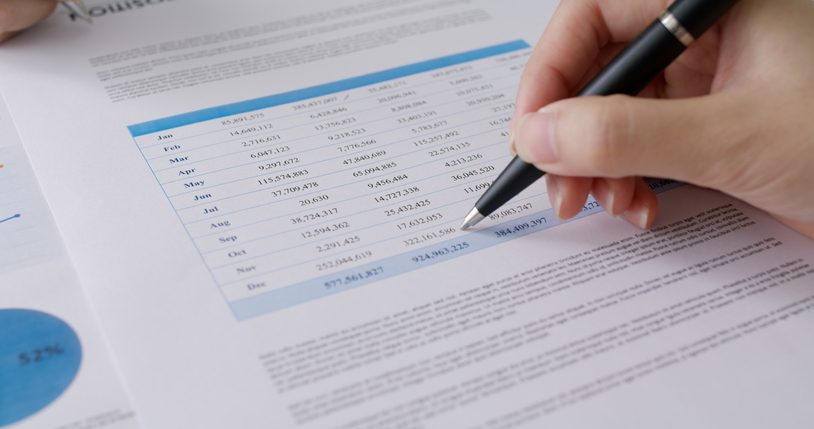This week, the Exonia team had an interesting query come in from a client. Calls presenting UK numbers starting 084 were being rejected by their switch and one of their customers was affected.
In the UK, there are rules about what phone numbers can be presented.
It must be a valid number, i.e. be a number which complies with the International public telecommunication numbering plan (Recommendation ITU-T E.164). Where a UK number is used, it must be a number that is designated as a ‘Telephone Number available for Allocation’ in the National Telephone Numbering Plan and be shown as allocated in the National Numbering Scheme.
It must be a diallable number, i.e. a number that is in service and can be used to make a return or subsequent call; It must uniquely identify the caller (which can be an individual or an organisation), i.e. be a number that the user has been given authority to use (either because it is a number that has been allocated to the user or because the user has been given permission (either directly or indirectly) to use the number by a third party who has been allocated that number); and
It must not be a number that connects to a Premium Rate Service (e.g. prefixed 09), or to a revenue sharing number that generates an excessive or unexpected call charge (NB the exploitation of a Presentation Number to generate revenue sharing calls may constitute persistent misuse of an Electronic Communications Network or Electronic Communications Service).
It’s this last paragraph that’s of interest in this case for several reasons.
The UK operates an unbundled tariff structure for non-geographic numbers. This means numbers are advertised as “Calls to this number cost £x.yz per minute plus your operator’s access charge”. The £x.yx is the termination rate charged by the called party’s network. The access charge is the gross margin for the calling party’s operator. This came into effect in 2015, with the Office of Communications’ intent to drive down the cost of calling these numbers through competition derived by transparency. The efficacy of that decision will be subject to a post another day, I am sure.
With the access charge in the UK being £0.55 per minute from some mobile phone providers, even if the service charge is zero, or a penny, the calling party accrues cost at a rate of 55-56 pence per minute. If they put the phone down in the first minute, the access charge can be rounded up to one minute, meaning a sub 1 penny service charge call could cost them 55p.
You could happily run the argument that the access charge represented an “unexpected call charge” with a straight face and therefore that even a zero service charge 084 number couldn’t be used.
But there is an alternative argument. 084 are not “Controlled Premium Rate Services”; they don’t fall into the definition that gives the Phone-paid Services Authority (their nom du jour; previously known as PhonepayPlus and ICSTIS) jurisdiction. The risk of consumer detriment isn’t sufficiently high when 084 ranges are limited in the Numbering Plan to no more than 7 pence per minute.
087 ranges (no more than 13 pence per minute, but they can be set at a service charge of less than 7 pence per minute in which case they are not Controlled PRS) have a lighter touch regime from the specialist regulator. It is open to interpretation, but the team here at Exonia have always landed on 087 being caught by the CLI Presentation rules and 084 not. 09 (over 13 pence per minute, although in theory they could be set at 0-13 pence per minute) are, by definition, captured.
Oh, and until 2015, 084 numbers were referred to as “Special Services at a Basic Rate”, 087 were “Special Services at a Higher Rate” and 09 were “Special Services at a Premium Rate” which made this analysis even more frustrating.
To complete the circle, the old anachronisms of personal numbering (070) and radiopaging (076) which can lead to high call charges and look like mobile numbers to the layperson would also be captured in our considered opinion. Well, shortly, personal numbering will have a wholesale cap at the rate for mobile numbers. That should drive the retail pricing to the extent 070 could potentially be presented – any markup by the originating operator is merely just a hidden access charge and we merely come up against the same debate as the 084 numbers above.
So, after that exhaustive background, what did happen to our client? Well, they were using the Google library libphonenumber to screen CLI Presentation. If a certain decode matched “Premium Rate” they rejected the call. The offending line in the latest iteration of the library is;
premium_rate=PhoneNumberDesc(national_number_pattern='(?:8(?:4[2-5]|7[0-3])|9(?:[01]\d|8[2-49]))\d{7}|845464\d’, example_number=’9012345678′, possible_length=(7, 10)),
Even for the most skilled developer, that’ll take some getting your head around, but fundamentally, numbers starting 084 = premium rate.
This is a relatively new entry and whilst we have yet to get to the root cause of it and see when it changed, the odds-on favourite explanation is the recent decision by Ofcom that 084 Information, Connection and Signposting Services (ICSS) are Controlled PRS. Those services, which, like their adult chatline counterparts, can’t be told apart from other, unregulated services, by an algorithm on the basis of the phone number alone.
This is inherently the danger with using external libraries and datasets to make decisions in call setup. They are extremely useful resources and in a world of increasing automation can drive cost out of the industry. But we must always remember that, invariably, such datasets are indicative, maybe even very strongly and reliably indicative, but rarely 100% determinate.
There’s no substitute for an expert in the subtleties, so if anything in this article has piqued your interest, do feel free to reach out to us.


